What goes into sustainable packing?
Interested in learning how to pack everything you need to study abroad AND save the planet? This week, Verto Education Program Leader Kelley Reardon will show you the ropes of sustainable packing using these 7 helpful tips!

Photo by Holly Mandarich (@hollymandarich) via Unsplash
Why pack sustainably when studying abroad?
Packing for your semester-long adventure can be both extraordinarily exciting and a little bit daunting. I remember when I was about to embark on my study abroad trip—I was traveling halfway across the world, so of course I wanted to be prepared and comfortable. It was important to me to make a good impression on my new classmates and friends. There was an inner need to fit in, but I also wanted to express myself with my own unique style. To me, it was also important to make sure my college experience was affordable and sustainable.
I remember buying brand-new L.L.Bean luggage and a new Nalgene- the equivalent of a Patagonia duffle bag or Hydroflask in today’s world. I didn’t understand the impact that consumerism can have on the planet yet, and I also didn’t fully comprehend that there were more affordable options out there. That fall while I was studying abroad, the song “Thrift Shop” by Macklemore topped the Billboard Hot 100 (way back in 2013—whew, I promise I’m not that old!) In the same year, 350.org and the Sierra Club held the biggest climate action rally in history. Thrift shopping and environmentalism were becoming cultural norms more than ever, and as an environmental science major, the connection between the two movements was crystal clear to me.
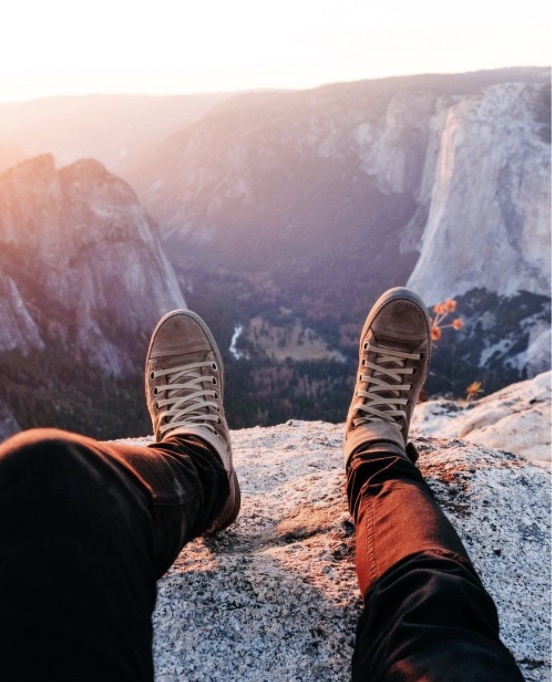
What’s changed in the world of sustainability?
Fast forward to just a couple years ago, in September 2019, when “the fashion industry was responsible for 10% of annual global carbon emissions, more than all international flights and maritime shipping combined. At this pace, the fashion industry’s greenhouse gas emissions will surge more than 50% by 2030,” according to the World Bank. This means that it’s more important than ever to support thrifting when possible. Not only is thrifting good for the environment, it’s also so much fun! These days, I purchase most of my clothing second-hand. If a piece of gear breaks, like my backpack, I fix it instead of purchasing a new one.
How can I pack sustainably while studying abroad?
I realize that thrifting or buying from sustainable brands isn’t always a possibility for everyone, and buying fast fashion is often the most affordable and convenient option. If a more sustainable wardrobe isn’t accessible for you right now, that is completely understandable. There are so many other actions you can take to pack your bags and support the environment. For anyone who does have the freedom to be a little more intentional about their purchases, here are 7 tangible tips to building your sustainable study abroad wardrobe:
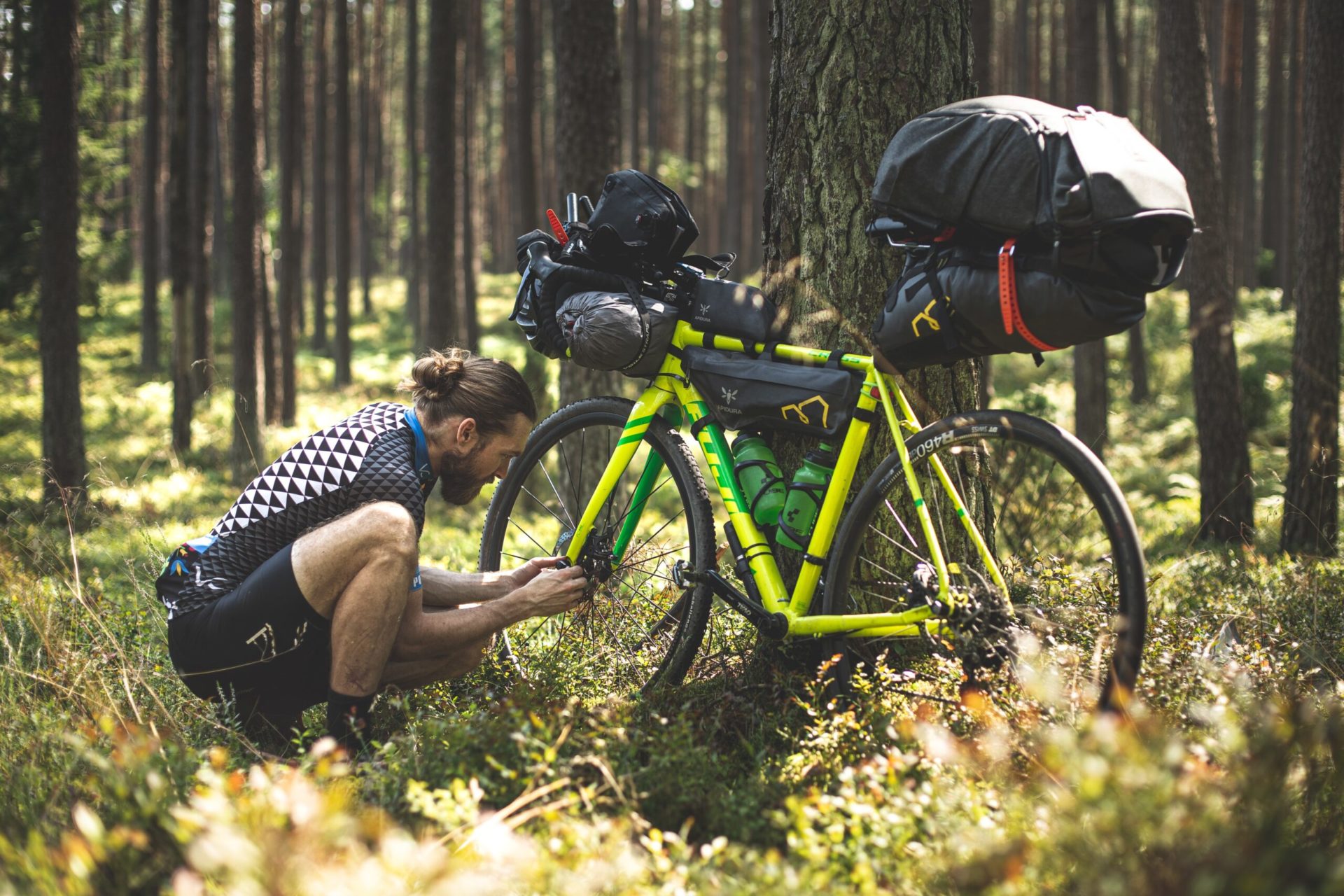
Photo by Marek Piwnicki via Unsplash
1. Fix Your Existing Gear
Throw-away culture is so 2020. Is your zipper broken? Got a small tear in your shirt? No need to throw it out or give it away—you can fix it! There are so many guides online with instructions on how to fix gear. If it seems too complicated, just bring it to a local gear fix shop or tailor. Brands like Patagonia or L.L.Bean may even fix the gear for you at no or low cost at the nearest store. Getting your gear fixed will likely be a fraction of the price of buying something new. The best part is that you will get to keep something that you already know and love.

Photo by John Schnobrich via Unsplash
2. Thrift Online
Thrifting can even be done from the comfort of your home! My personal favorite online place for upcycling online is ThredUp, but there are many others, including Thrifted, Patagonia Worn Wear, Poshmark, Etsy, and Depop. You can also use tools like Facebook marketplace and Craigslist to find clothes and gear near you. My favorite thing to do is to thrift sustainable brands such as the ones mentioned below (like Patagonia, Prana and Toad&Co.) so that I am not only thrifting, I am also still supporting sustainable brands.
If you are active on Instagram, there is also an entire thrifting community on there. For instance, two of my favorite accounts for women’s clothing are @_yourmomscloset_ and @rein.vintaged.
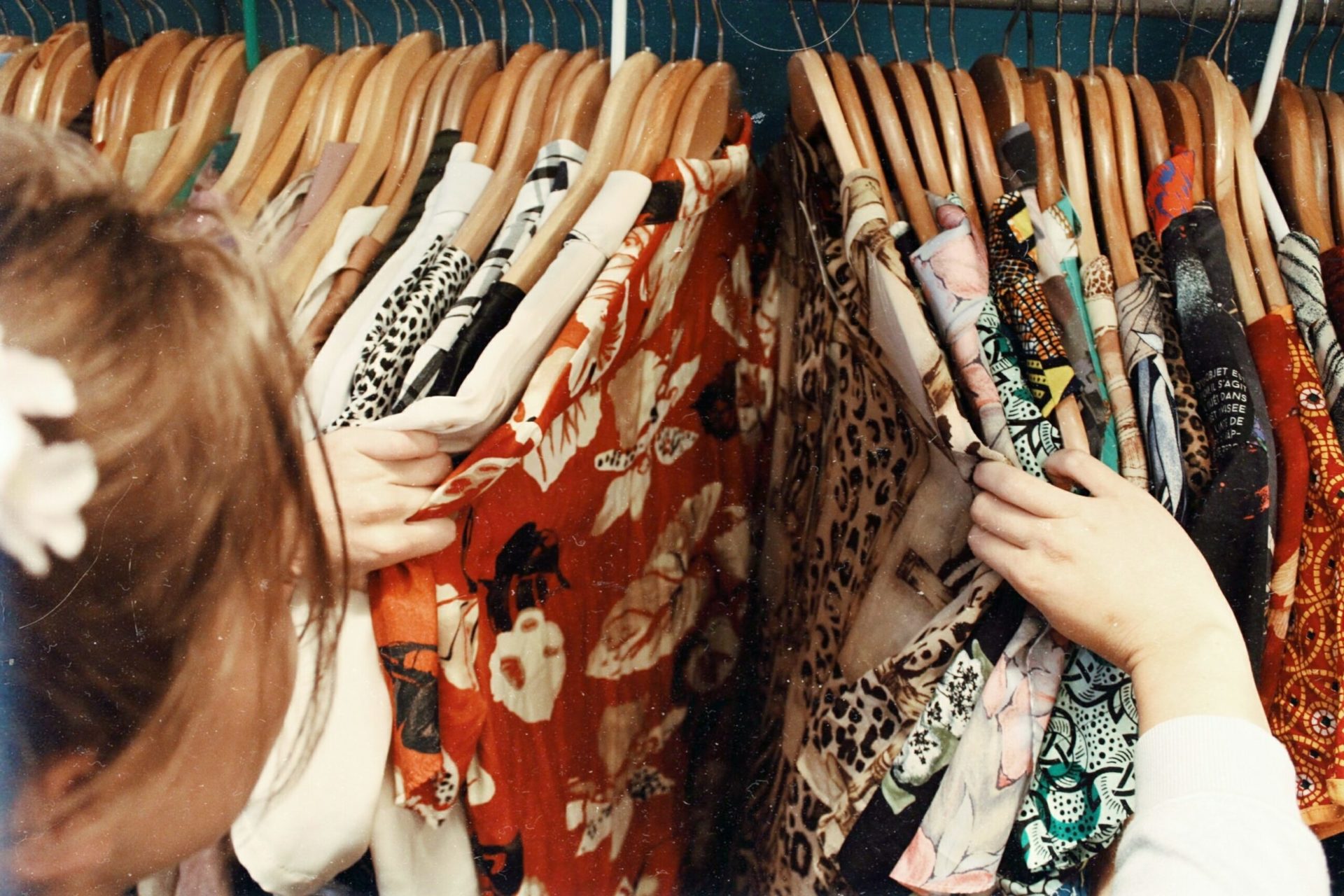
Photo by Becca McHaffie via Unsplash
3. Thrift In-Person
If it is safe to go out and shop in your area (please wear your mask!), then you could try thrifting at your local thrift store. Goodwill, Salvation Army, and local thrift shops or vintage boutiques are really fun places to sort through and find awesome deals. Sometimes local gear shops will even have sections of thrifted or heavily discounted clothing or gear. Imagine finding the perfect North Face sweatshirt to pack for your hike –– at a fraction of the price.
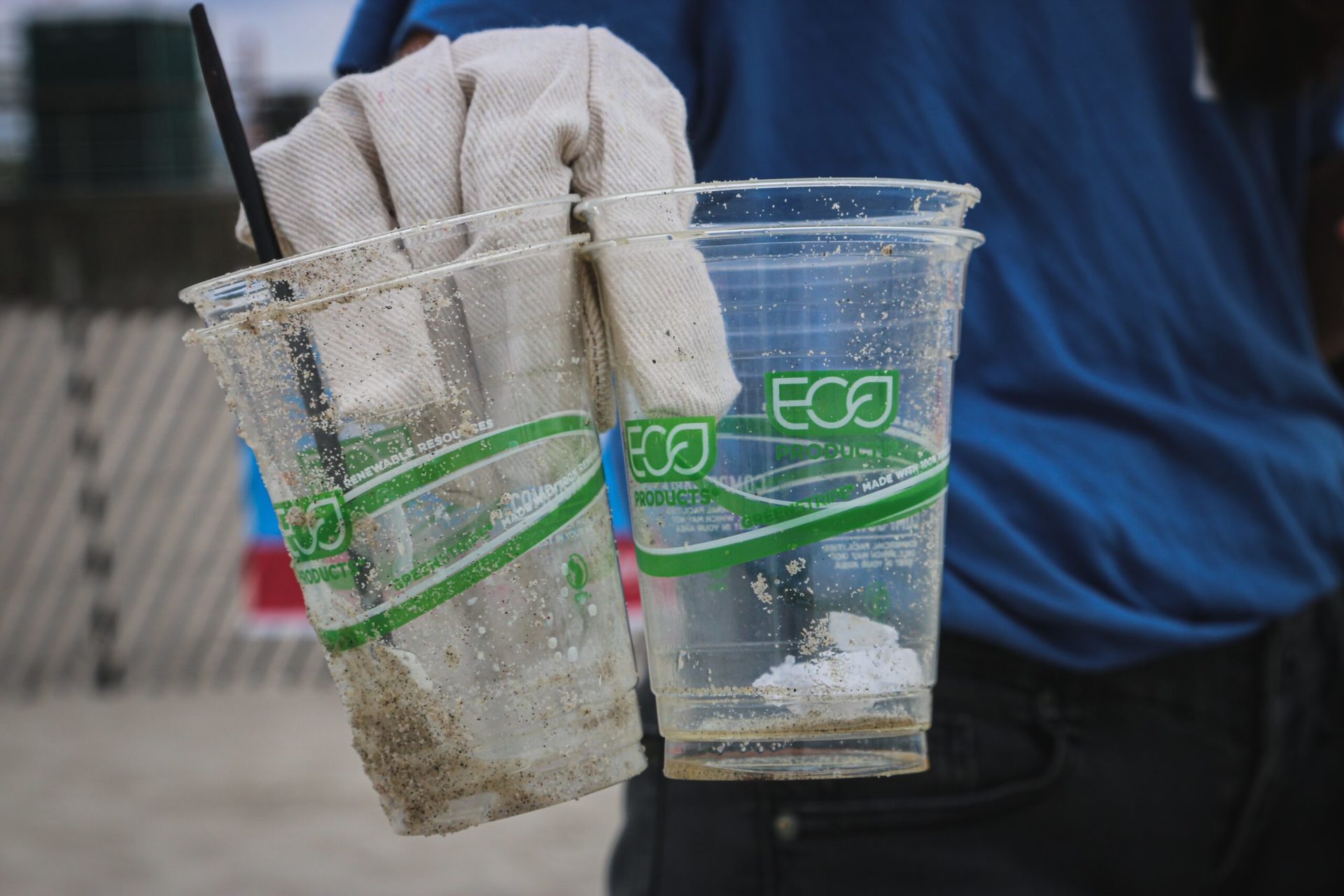
Photo by Brian Yurasits via Unsplash
4. Beware of Greenwashing
According to Business Ethics, “greenwashing involves falsely conveying to consumers that a given product, service, company or institution factors environmental responsibility into its offerings and/or operations.” Greenwashing takes place when fast fashion brands that are not actually serious about making their clothing sustainable claim that they are serious about it. For instance, do not be fooled by “green” campaigns from brands such as H&M that have built their entire empire on the basis of fast fashion. Several outdoor brands that are well-known for great transparency around sustainability and ethics include Patagonia, Prana, Toad & Co., Cotopaxi, and Ten Tree.

Photo by Markus Spiske via Unsplash
5. Memberships, Deals, and Sales
Take advantage of memberships, deals and sales that your favorite brands offer. For instance, REI Co-Op has a lifetime membership for $20 that allows you to receive a 10% annual dividend on all of your eligible purchases there. You can then use that money to buy more gear in the future! Members can also shop in the “Garage Sales” that REI hosts around 4-6 times per year. Alternatively, there’s also the REI Outlet for online deals that anyone can access.
Further, keep an eye out for big discounts on outdoor supplies at online stores such as Gearx and Backcountry.

Photo by Priscilla Du Preez via Unsplash
6. Student Discounts
Remember to take advantage of any student discounts available! For instance, college students receive 20% off at Moosejaw. At GORUCK, students can get 15% off full-priced gear and 25% off select events. Student Beans also offers a search function to help you find the best student deals, so tuck those digital coupons in your travel pouch.
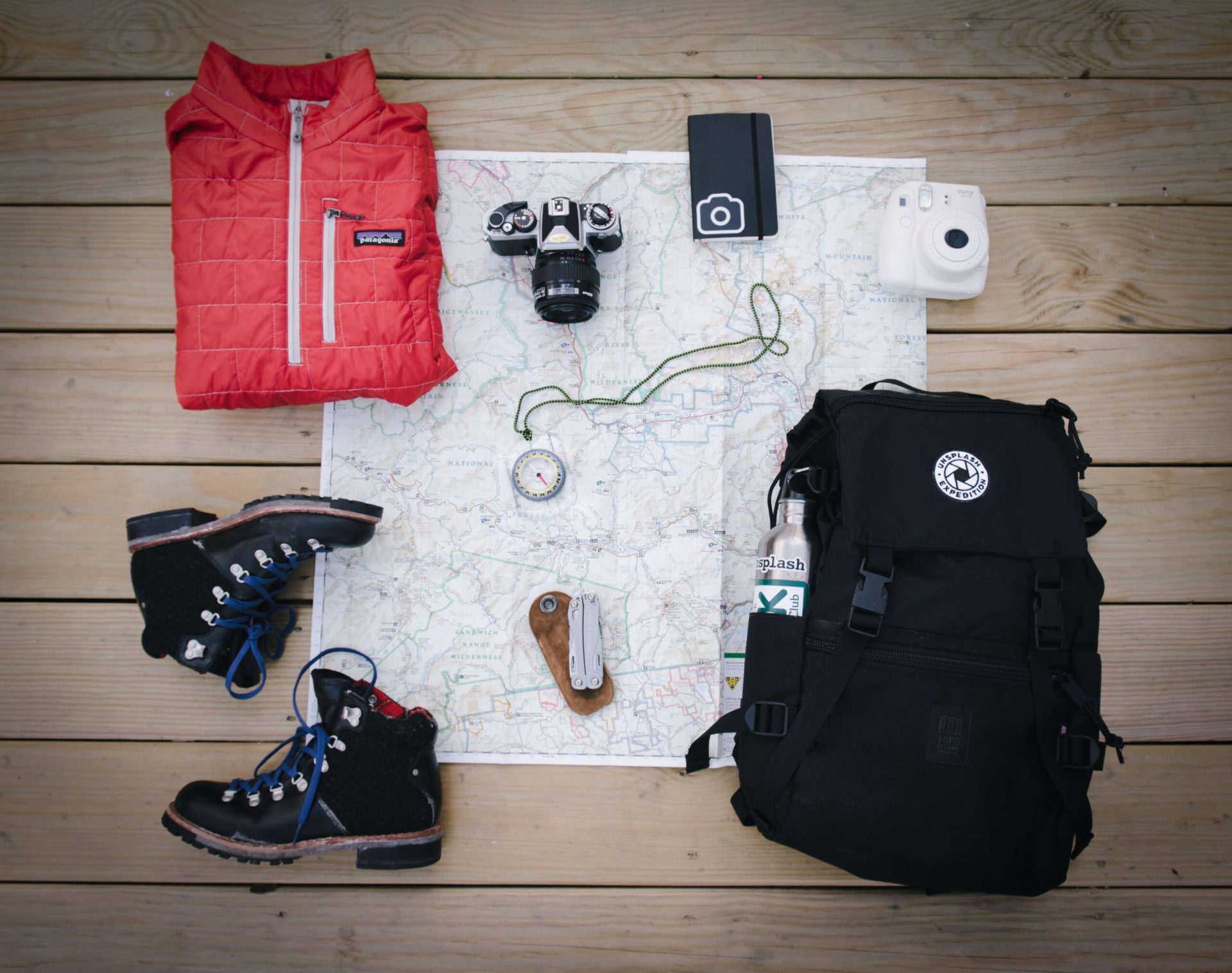
Photo by Alice Donovan Rouse via Unsplash
7. Go Beyond the Clothing and Gear
Think about your hygiene products and the methods you are using to store your items. How much single-use plastic is involved? Would it be possible to get a more durable, reusable bag to carry your belongings? What brands are you supporting when you purchase items like toothpaste, shampoo or lotion? Packhacker has a list of sustainable, ethically-made products for you to take on your next adventure.
The journey to a more sustainable lifestyle can go beyond your clothing and gear. It might take a little creativity and investment upfront to transition to a more sustainable lifestyle. In the long run, your wallet will thank you for it—and you’ll be paving the way towards a cleaner, more just planet for yourself and for future generations.
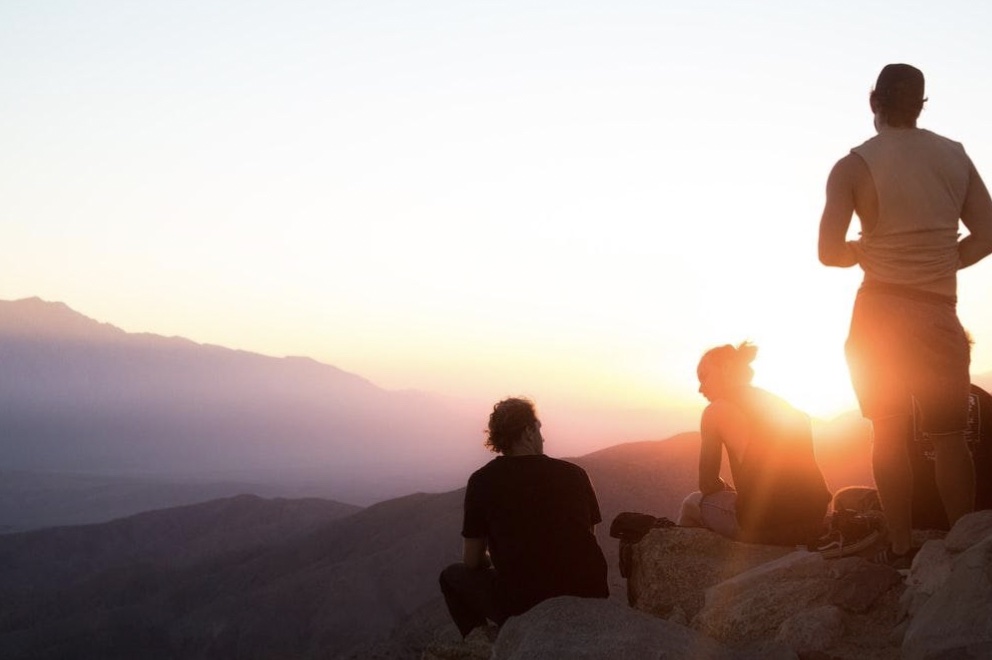
Photo by Cynthia Magana (@cynthmag) via Unsplash
What are my next steps to study abroad and/or pack sustainably?
Once you’ve got all your gear in order, check out these Top Ten Tips for Packing for a Verto Semester. If you’re throwing a dart on the map for your study abroad experience, read more about our programs through A Day in the Life: Costa Rica and Getting Lost in London. Happy travels!


